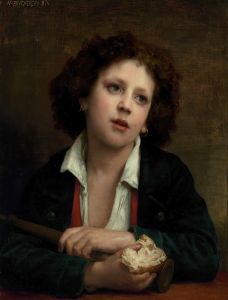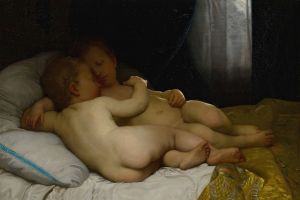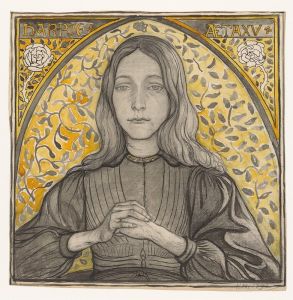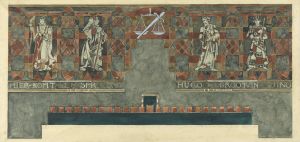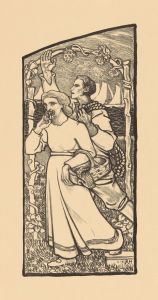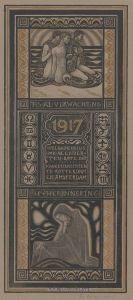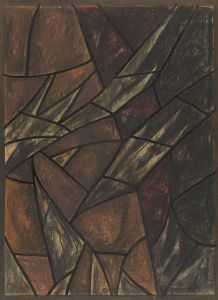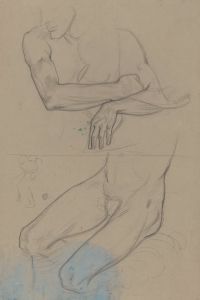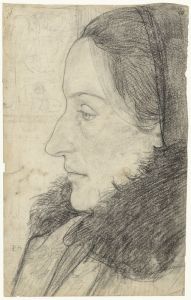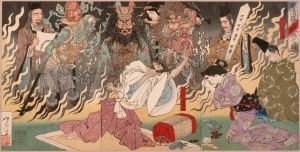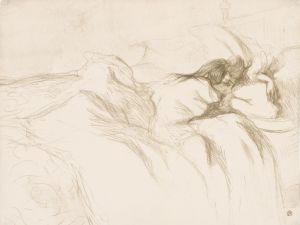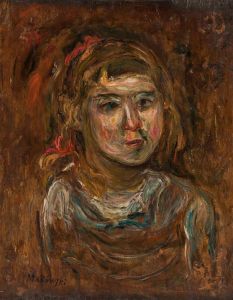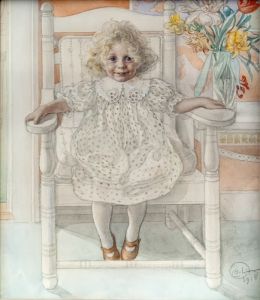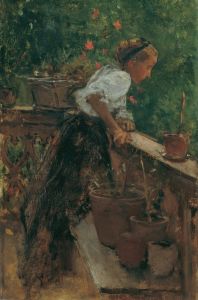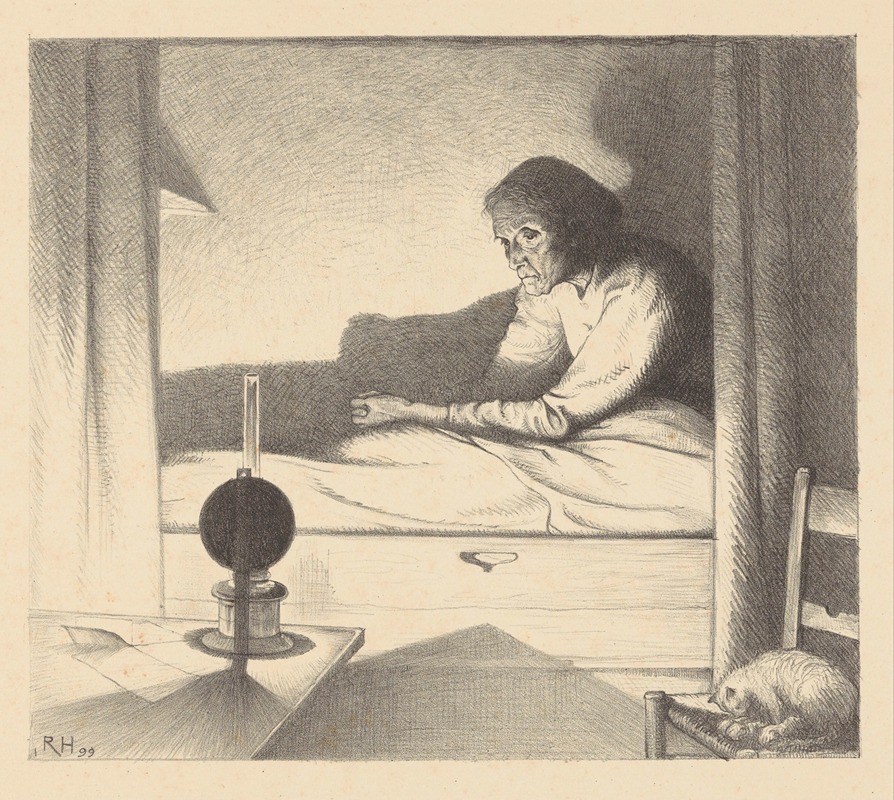
Japke Faber in een bedstede
A hand-painted replica of Richard Nicolaüs Roland Holst’s masterpiece Japke Faber in een bedstede, meticulously crafted by professional artists to capture the true essence of the original. Each piece is created with museum-quality canvas and rare mineral pigments, carefully painted by experienced artists with delicate brushstrokes and rich, layered colors to perfectly recreate the texture of the original artwork. Unlike machine-printed reproductions, this hand-painted version brings the painting to life, infused with the artist’s emotions and skill in every stroke. Whether for personal collection or home decoration, it instantly elevates the artistic atmosphere of any space.
Richard Nicolaüs Roland Holst was a prominent Dutch artist known for his contributions to the Symbolist movement in the late 19th and early 20th centuries. Born on December 4, 1868, in Amsterdam, he was part of a family with strong artistic and literary connections. Roland Holst's work spanned various mediums, including painting, drawing, and printmaking, and he was also a noted writer and art critic.
One of his notable works is "Japke Faber in een bedstede," which translates to "Japke Faber in a Bedstead." This painting is an example of Roland Holst's ability to capture intimate and domestic scenes with a sense of tranquility and introspection. The painting depicts Japke Faber, a woman who was presumably known to the artist, resting in a traditional Dutch bedstede, a type of enclosed bed that was common in the Netherlands during that period. These bedsteads were often built into the walls of homes and served as a cozy and private sleeping space.
The composition of "Japke Faber in een bedstede" reflects Roland Holst's interest in the interplay of light and shadow, as well as his skill in rendering textures and details. The soft, muted color palette and the gentle play of light across the scene create a serene and contemplative atmosphere. Roland Holst's attention to detail is evident in the careful depiction of the bedstede's wooden structure and the fabric of the bedding, which adds to the painting's sense of realism and intimacy.
Roland Holst was influenced by the Symbolist movement, which sought to express ideas and emotions through symbolic imagery and themes. While "Japke Faber in een bedstede" is more of a realist depiction, it still carries a sense of introspection and quietude that aligns with Symbolist ideals. The painting invites viewers to reflect on the simplicity and comfort of domestic life, as well as the personal connections between individuals and their environments.
Throughout his career, Roland Holst was associated with several artistic and literary circles in the Netherlands. He was a member of the Tachtigers, a group of young Dutch writers and artists who sought to break away from traditional artistic conventions and explore new forms of expression. Roland Holst's work was also influenced by his interactions with other prominent artists of his time, including his wife, the poet and writer Henriette Roland Holst, and his cousin, the painter and designer Jan Toorop.
In addition to his painting and drawing, Roland Holst was a prolific writer and art critic. He contributed to various publications and was known for his thoughtful and insightful essays on art and aesthetics. His writings often explored the relationship between art and society, as well as the role of the artist in shaping cultural and social values.
Richard Nicolaüs Roland Holst's legacy as an artist and thinker continues to be celebrated in the Netherlands and beyond. His works are held in various public and private collections, and he is remembered as a key figure in the development of Dutch art during a period of significant cultural change. "Japke Faber in een bedstede" remains a testament to his skill as a painter and his ability to capture the quiet beauty of everyday life.





